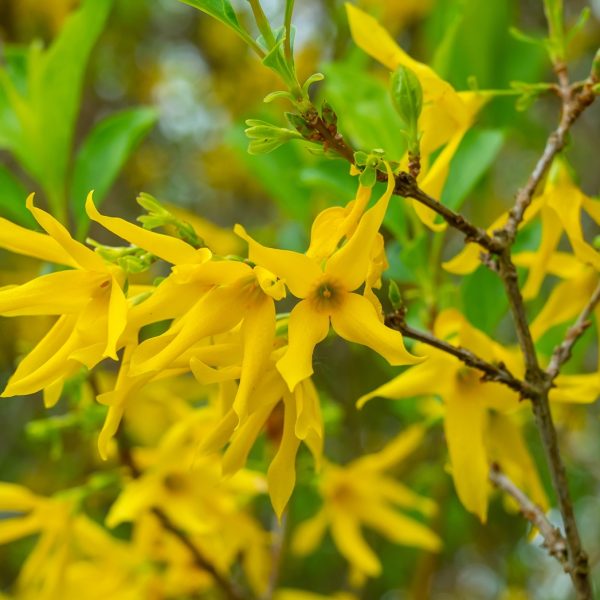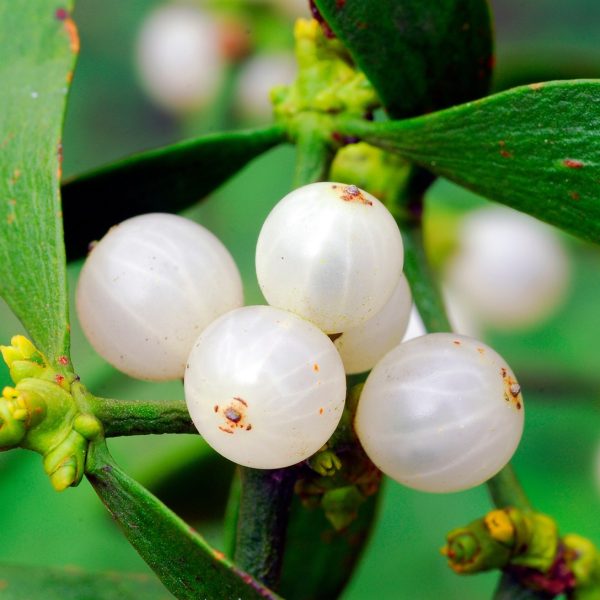Ethnobotany investigates how human societies interact with plants, integrating ecological, cultural, and pharmacological knowledge to support biodiversity, sustainability and health.
People and plants have evolved together from time immemorial, and in a healthy society people live in synergy and harmony with the Earth. Ecological wisdom has been collected and passed down for millennia, and we have much to learn from the keepers of this knowledge. Ethnobotany allows us to do this.
Indigenous people make up around 6% of the world’s population, and yet they are custodians for more than a third of the most important areas for biodiversity. Their traditional knowledge and land practices have been shown to significantly protect ecological resilience, biodiversity and against deforestation (1). Ethnobiology is a diverse field that investigates the relationship between people and their natural environment. Ethnobotany is a branch of this which specifically focuses on the relationships between people and plants.
Ethnobotany: People, plants and culture
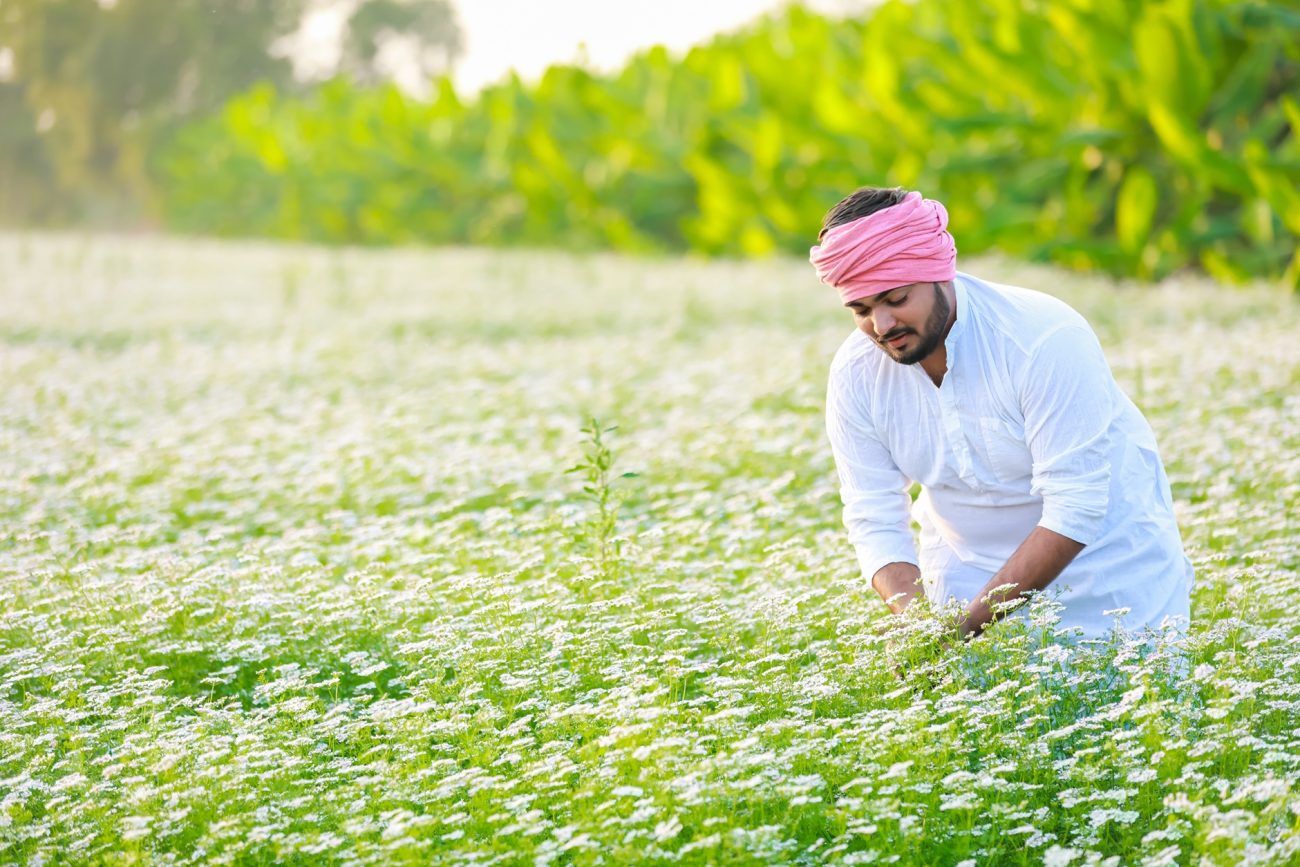
Ethnobotany is highly interdisciplinary and weaves together perspectives from botany, anthropology, ecology, medicine and history to understand plant and human interactions. It has a particular focus on traditional knowledge and uses of plants within specific cultures and regions. Through ethnobotany we learn how people use plants for a variety of uses — from shelter to food, ceremony, clothing, medicine, art and ritual.
Ethnobotany is also not just limited to understanding indigenous peoples knowledge, but how people from everywhere use and interact with plants (including in cities and amongst global diaspora). For example, the paper Cross-cultural adaptation in urban ethnobotany: The Colombian folk pharmacopoeia in London investigates which plants the Colombian diaspora in London use, and how these uses have changed after migration (2). Ethnobotany also largely works with people from afro-descendant communities, traditional societies and local communities.
Other fields of ethnobiology include ethnomycology (the study of people and fungi), ethnozoologists (people and animals) and ethnoecologists (people and their environment/ecosystem), amongst others.
Ethnopharmacology: Plants and medicine
The field of ethnobiology that focuses on medicines is called ethnopharmacology.
“Ethnopharmacology is a multidisciplinary field of inquiry investigating the anthropological rationale and the pharmacological basis of the medicinal use of plants, animals, fungi, micro-organisms, and minerals by human cultures” (3).
Drawing on pharmacology, anthropology, biology, phytochemistry and pharmacognosy, ethnopharmacology researches all things surrounding herbal medicines. This spans from different medical systems and philosophies, to harvesting practices and preparation methods, ethnopharmacology archives and expands on traditional knowledge by researching it from different perspectives.
In ethnopharmacology, ‘folk medicine’ is not limited to the kitchen or the premises of traditional preparation, but is also investigated in the lab, and plant specimens taken to the herbarium.
Herbalism and ethnobotany
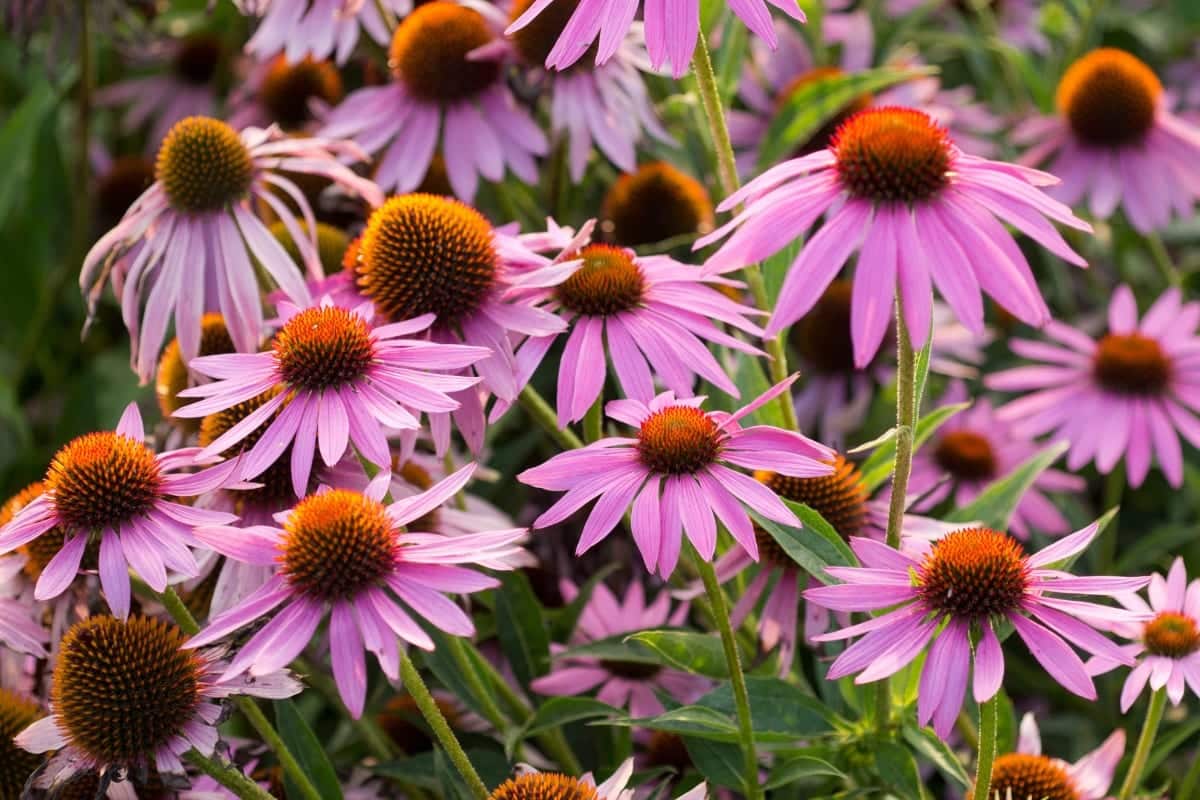
One could argue that herbalism is ethnobotany in action — the use of plants as medicine. Much of our herbal knowledge — particularly in the West — has come from an ethnobotanical exploration of our own native practices, and adoption and incorporation of those from afar.
A Western example is echinacea (Echinacea spp.) — an immune boosting plant in Europe and was brought from America in 1952. Swiss herbalist Alfred Vogel spent several weeks with the Sioux people on the Pine Ridge reservation in South Dakota, where he met a medicine man called Ben Black Elk from the Lakota Ogala tribe. Black Elk shared knowledge on the traditional use of echinacea for coughs, wounds, infections and snakebites and generously gave Alfred Vogel seeds to bring back home. Now echinacea is one of the most popular herbs used in Europe.
Ethnobotany also unveils the diverse ways that people from different cultures use the same species in herbalism. The same plants grow across different countries and regions, yet, how the people from these places use and prepare the plants often differ. This highlights alternative benefits of the phytochemistry of the plants, new leads for scientific research, and the diversity of approaches to work with these medicines.
In Northern Europe, bay leaves (Laurus nobilis) are used for digestive disorders and wound healing. However, in Greece, bay leaves are used for metabolic health for example diabetes and cholesterol. In Cyprus, people put bay leaves in their cupboards to keep insects and cockroaches out, and interestingly phytochemical analysis of bay leaves show that the compounds in them have insect repellent activity (4). This is exemplary of how scientific insight can enrich traditional knowledge, here, supporting a means to reduce chemical use with pesticides.
People from different parts of the world often also use the same plant for the same actions or conditions. It could be argued that the repetition of use of a plant across cultures strengthens the evidence that a plant is useful, and therefore warrants further investigation and scientific enquiry.
Ethnobotany, sustainable sourcing and farming

Another invaluable part of ethnobotany is traditional ecological knowledge (TEK). Ecologist Fikret Berkes defined TEK as “a cumulative and dynamic body of knowledge, practices, and beliefs that evolves through adaptive processes, which are shared across generations through cultural transmissions”. TEK is an accumulation of all of the observational knowledge gathered over years, on all species that reside within a community and most importantly, how the humans living there interact with them. TEK includes practices, skills and understandings of how to work with the environment in a way that is sustainable and facilitates an enduring and thriving species population.
TEK also includes growing, foraging and harvesting techniques, as well as adaptive mechanisms to deal with a changing environment; though, it must be noted that sometimes maladaptations do happen, and practices can in some cases be damaging. When describing TEK, herbalist Jonas Brab said the practices are “usually based on a holistic worldview, where humans are part of a living community and where everything has repercussions that have to be considered” (5).
This knowledge is particularly crucial for the protection and longevity of herbal medicines now, as there has never before been so much interest in herbal medicines commercially. With people seeking alternative medicines and more natural ways of living, there has been an enormous increase in sales of supplements and medicinal plants and fungi these past few years. The global herbal medicine market was estimated at $70.57 billion in 2023 and is projected to reach $328.72 billion by 2030 (6). Many medicinal plants now endangered and facing extinction in the wild include popular herbs like rhodiola (Rhodiola rosea), cordyceps (Ophiocordyceps sinensis), chaga (Inonotus obliquus) and liquorice (Glycyrrhiza glabra). Read about species specific sustainability issues.
Not only is this a major loss for all, but most importantly for the people who have stewarded this land and the herbs, and who depend on them for medicines. A well-known example of this is with the popularisation of the psychoactive brew ayahuasca, traditionally made from plants in the Amazon amongst a diverse array of traditional communities within the jungle. Now because of ‘spiritual tourism’, the vines have been exploited, and in many places it is very difficult or not possible for the local people to have access to the plants, which are so integral to their spiritual practices, ceremonies and rites of passage (6). The same thing happens with the medicinal herbs in popular supplements.
Ethnobiology, ethnoecology and TEK offer us the opportunity to listen to and learn from people who know how to sustain and nurture thriving ecosystems. Collaboration and genuine partnership allow us to co-create systems with mutual benefits and equitable sharing where all species can thrive. As stated in the Fungi Foundations Ethnomycology Ethical Guidelines 2025, “The knowledge underlying the resource management practices of the world’s Indigenous Peoples, Afro-descendant communities, traditional societies and local communities is directly tied to the maintenance of biological diversity” (8).
The future of ethnobiology and herbalism

Whilst ethnobiology holds much value and gives hope for the world, it has a deeply problematic history. The indigenous peoples, local communities, farmers, and Afro-descendant groups who are commonly involved with ethnobiology projects have faced deep historical injustices, marginalisation and oppression. Ethnobiology has been used to exploit these communities many times, and with the founder of ethnobotany John William Harshberger in 1895 describing it as “the study of the plants used by primitive and aboriginal peoples”. The term “economic botany” has often been used in place of ethnobotany, indicating the highly capitalistic and often extractive ways these tools have been used.
Now, there is a strong cultural shift and work being conducted to decolonise these practices. Any positives that these collaborations and the pursuit of ethnobiology may have, will only bloom if the value systems and practices are inherently different to the past. As stated in the Fundamentals of Pharmacognosy and Phytotherapy, “The ‘Western’ use of such information has come under much scrutiny, and the national and indigenous rights of this knowledge has been acknowledged by most academic and industrial researchers” (7). Initiatives like the Convention of Biological Diversity (CBD) and The Nagoya Protocol have been created to prevent repetition of the past and ensure equitable benefit sharing.
The Fungi Foundation has created Ethnomycology Ethical Guidelines, where they have outlined critical principles for the future of ethnobiology. They stated that “Ethnomycology thrives when it is carried out in dialogue with communities, under principles of reciprocity, mutual respect, and co-production of knowledge (8).”
The principles in the guidelines include:
- Principle of self-determination, prior rights and responsibilities
- Principle of respect to Pachamama (nature or mother earth) and her rights
- Principle of historical justice and respect for Indigenous Peoples and local communities
- Principle of reciprocity, mutual Benefit and equitable sharing
- Principle of conservation of flora, fauna and fungi
- Principle of respect to the elders and knowledge keepers
- Principle of acknowledgement and due credit
- Principle of educated prior informed consent
- Principle of support for social and indigenous projects
Globally there is a deep shift in our collective relationship to nature, and this is in large part from listening to the stewards of the land, as well as deep disenfranchisement with the current system. In 2008 the Constitution of Ecuador. recognised the rights of Nature or Pachamama as a legal entity with the right to exist and be protected, reflecting indigenous and ecological principles embedded in the national legal framework.
“Nature or Pachamama, where life is reproduced and takes place, has the right to integral respect for its existence and the maintenance and regeneration of its vital cycles, structure, functions, and evolutionary processes. Every person, community, people, or nationality may demand the public authority to fulfill the rights of nature. To apply and interpret these rights, the principles established in the Constitution shall be observed, as appropriate. The State will incentivize natural and legal persons, as well as collectives, to protect nature and promote respect for all the elements that form an ecosystem” (10).
Whilst herbalism and ethnopharmacology are very important for the evolution of our healthcare systems, there is no doubt that ethnobiology can offer support for a lot more than just medicine. In fact, many would argue that it is remiss not to include indigenous-led value systems at the centre of our new way of being. Respect, reciprocity and harmony with nature are fundamental if we are to create an antidote to the troubles we face — thankfully, we have many people and species we can learn from.
References
- Wcmc. Championing Indigenous Peoples’ stewardship of biodiversity – UNEP-WCMC. UNEP-WCMC. https://www.unep-wcmc.org/en/news/championing-indigenous-peoples-stewardship-of-biodiversity
- Ceuterick M, Vandebroek I, Torry B, Pieroni A. Cross-cultural adaptation in urban ethnobotany: The Colombian folk pharmacopoeia in London. Journal of Ethnopharmacology. 2008;120(3). https://doi.org/10.1016/j.jep.2008.09.004
- Leonti M, Casu L. Traditional medicines and globalization: current and future perspectives in ethnopharmacology. Frontiers in Pharmacology. 2013;4. https://doi.org/10.3389/fphar.2013.00092
- Jemâa JMB, Tersim N, Toudert KT, Khouja ML. Insecticidal activities of essential oils from leaves of Laurus nobilis L. from Tunisia, Algeria and Morocco, and comparative chemical composition. Journal of Stored Products Research. 48:97-104. https://doi.org/10.1016/j.jspr.2011.10.003
- Braab J. The relevance of traditional ecological knowledge for modern herbal medicine | History | Herbal Reality. Herbal Reality. https://www.herbalreality.com/herbalism/history/relevance-of-traditional-ecological-knowledge-for-modern-herbal-medicine/ Published August 28, 2024.
- Herbal Medicine Market Size, Share & Growth Report, 2030. https://www.grandviewresearch.com/industry-analysis/herbal-medicine-market-report
- Heinrich M, Barnes J, Gibbons S, Williamson E. Fundamentals of Pharmacognosy and Phytotherapy. 2nd ed. Elsevier; 2012. http://cms.herbalgram.org/heg/volume9/files/Fundamentals_FM.pdf
- Ethnomycology Ethical Guidelines | Fungi Foundation. https://www.ffungi.org/campaign/ethnomycology-ethical-guidelines
- Oregon State University, College of Forestry. What is TEK? | Traditional Ecological Knowledge Lab. Published 2022. https://tek.forestry.oregonstate.edu/what-tek
- Ecuador: 2008 Constitution in English. https://pdba.georgetown.edu/Constitutions/Ecuador/english08.html

